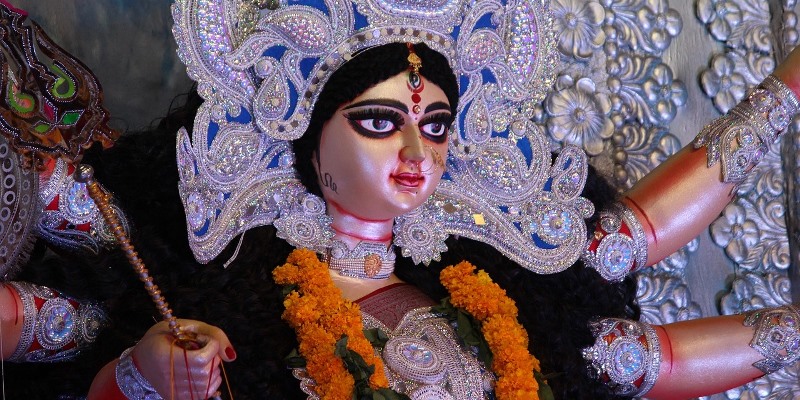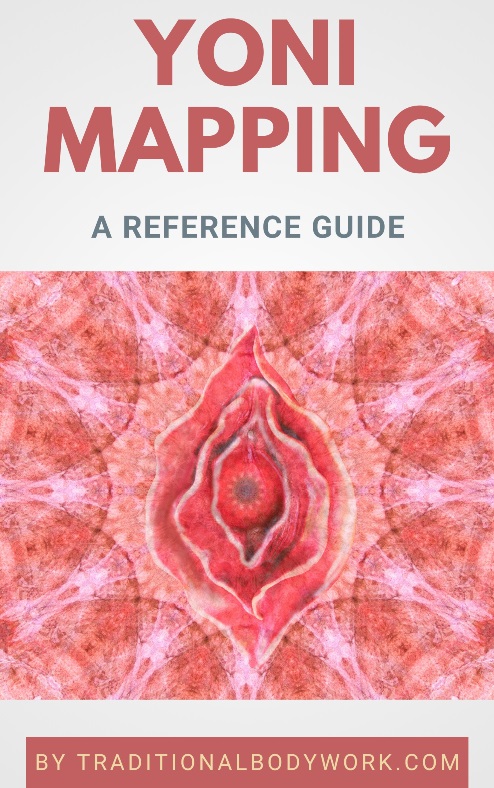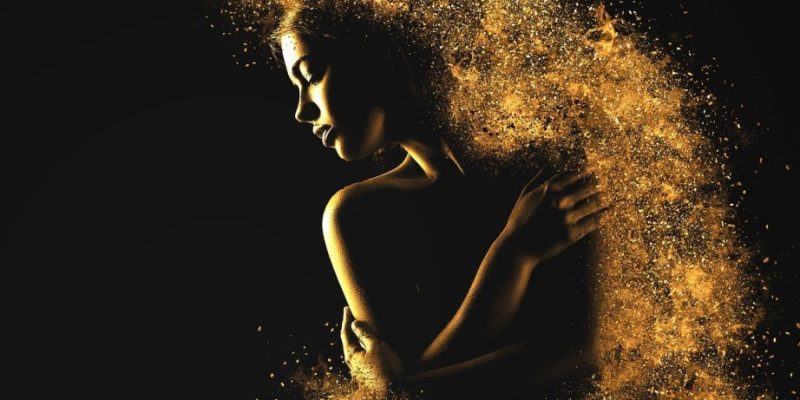
You may have noticed that some Tantra practitioners, notably female Tantra therapists, use special labels for their profession. For instance, they may use titles like Tantric Goddess, Dakini (female), Daka (male variant, but much less used), or Tantrika (which can be used for both female and male practitioners).

The Dakini who will give you a “Goddess Tantra Session,” will “Initiate you in the secrets of Tantra,” or will “Liberate your Divine and Sacred Sexuality” sounds perhaps rather tempting and quite mystical and mysterious, but let’s take a look at the factual meaning of the Dakini concept.
Dakini is an Indian Sanskrit word and a designation (typically attributed to females) used in ancient Hinduism, Tantra, and Buddhism, that is, notably in India and in Tibet (in Tibet the Dakini is usually called Khandro). Nevertheless, depending on the religion, region, lineage, tradition or context, Dakini can have different meanings.
For instance, Dakini can point to “a female incarnation of enlightened energy,” “spiritual energy,” “messenger of wisdom,” “flesh-eating demoness,” “evil spirit,” “sky-goer” or “sky-dancer,” among other meanings and connotations.

However, on “the highest conceptual plane,” Dakini represents the divine Life Energy principal, one that can have many levels of manifestation, both within the realm of inner spiritual processes as in outer embodied or material phenomena. In some ancient esoteric treatises it’s even denied that Dakini is “something female,” but rather without gender and a unified non-dual principle that can have many faces.
Yet, on the whole, the consensus is that the Dakini is a dual female creature or entity, sometimes an evil (flesh and vital essence eating) demoness and sometimes a benevolent Goddess, one who destroys or challenges humans or by contrast one that may be a helper on the road to Spiritual Enlightenment. She may be peaceful or angry, repulsive or attractive, playful or serious, she’s “volatile” and cannot be caught, that is, her favorite element is wind, energy, and spirit, she’s a “sky-dancer” or “sky-dweller.”

In a way, the Dakini fits perfectly in the Tantric realm, one where Tantra concepts and practices tend to embrace the dual aspect of manifestation and energy, that is, darkness and light, evil and good, life and death. The great message of Tantra is that life should be embraced in all its aspects: nothing is “bad,” nothing is “filthy,” and it’s through the acceptance and subsequent union of opposites that one comes to liberation of imagined bondage, and finally to spiritual freedom and real creativity.
In any case, in our Neo-Tantra world in which the liberation of repressed or suppressed sexual elements has taken a significant importance, the Daka and Dakini are commonly seen as males and females respectively, embodied incarnations who possess deep experiences of Tantra wisdom and are able to bestow sexual healing and subsequently blissful spiritual wisdom and happiness on those they treat or initiate.
The Dakini today, in her practical and active Tantrika form, is foremost considered a helper in experiencing our Sacred Sexuality, the latter seen as fully embracing, celebrating and realizing the sacredness of our bodies, our contrasting desires, and deepest inner aspirations.















